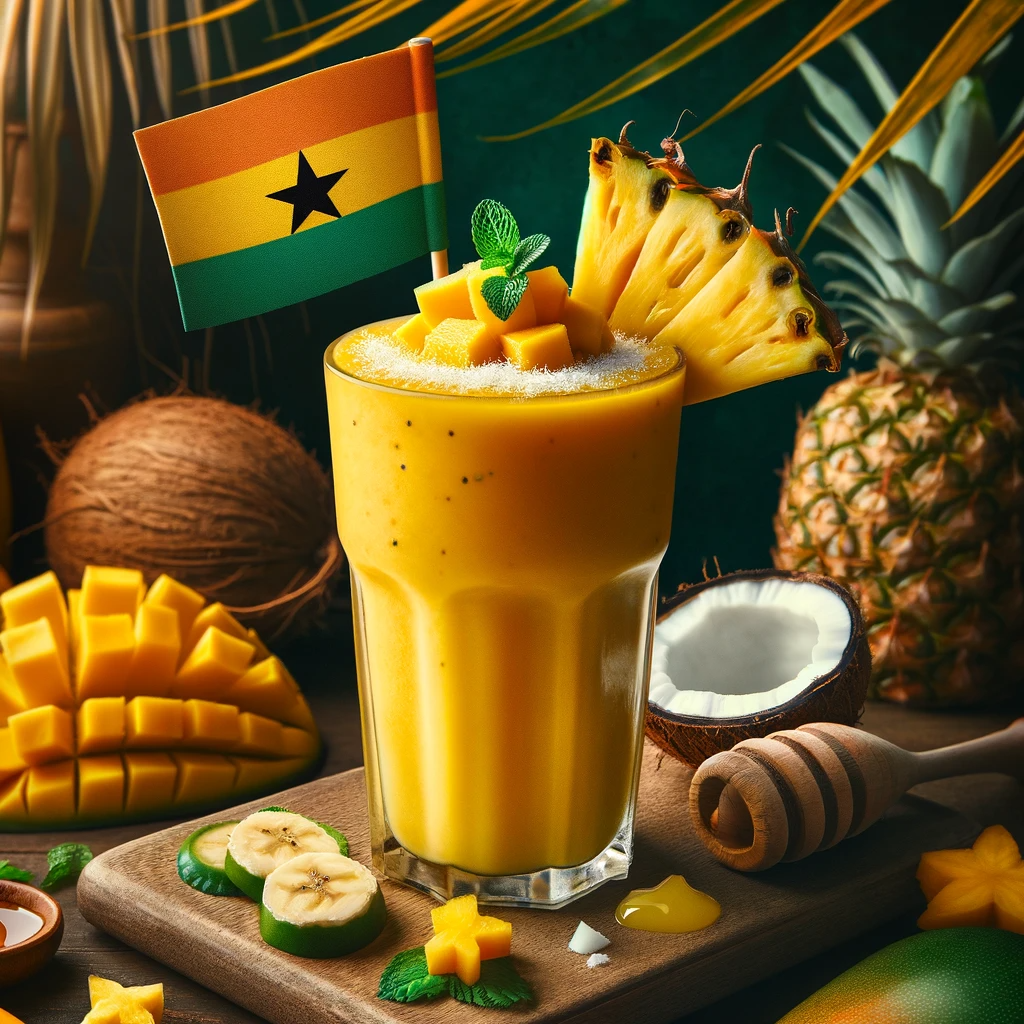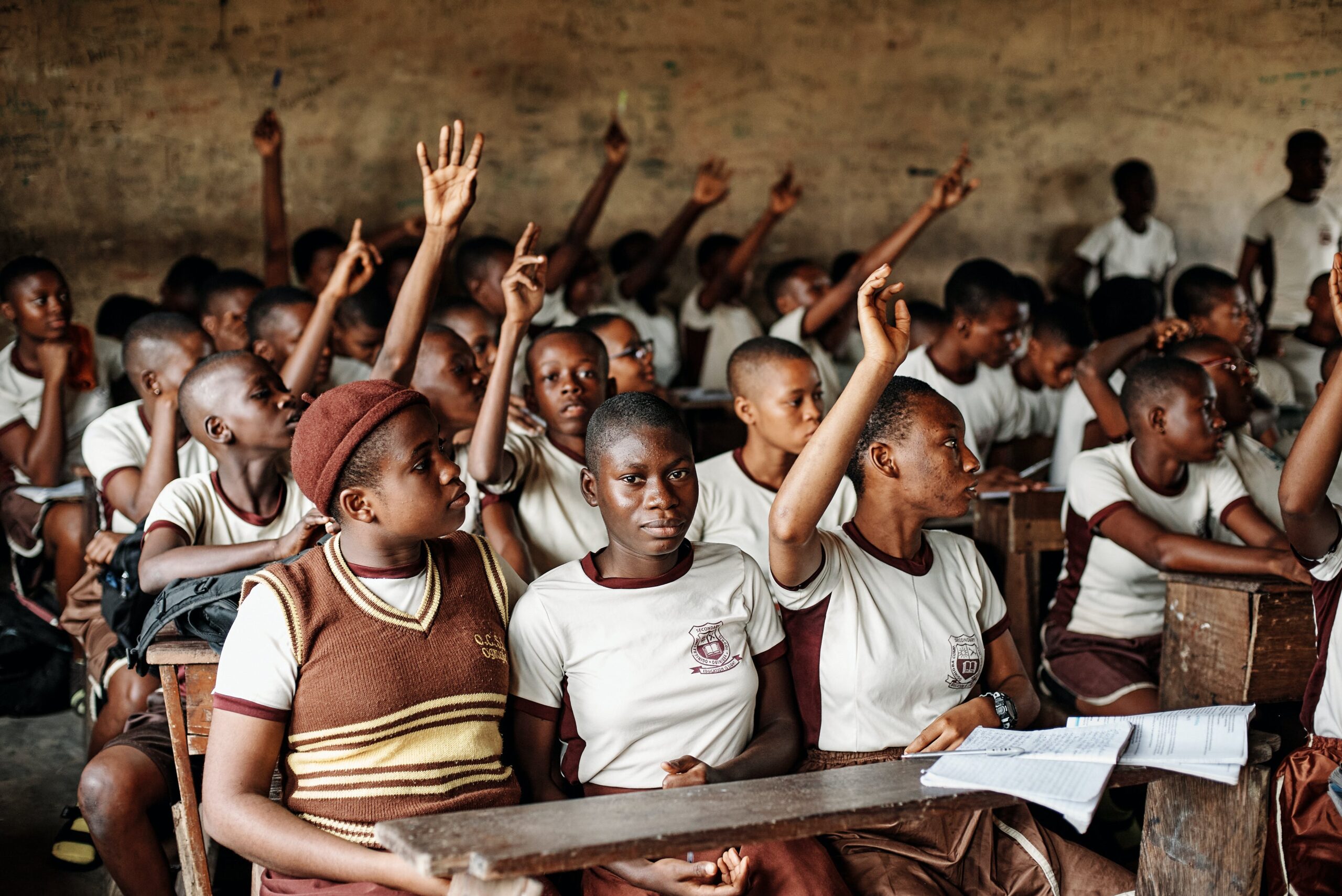Ghana Independence Day, celebrated on March 6th, is a significant national holiday that marks the anniversary of Ghana’s independence from British colonial rule. This day holds immense historical and cultural significance for the people of Ghana and is celebrated with great pride and enthusiasm.
Historical Context:
- Colonial Rule: Before gaining independence, Ghana was known as the Gold Coast and was a British colony for several decades. It endured the effects of British colonialism, including the exploitation of its resources and suppression of its cultural and political aspirations.
Key Aspects of Ghana Independence Day:
- Declaration of Independence: On March 6, 1957, at the Old Polo Grounds in Accra, the first Prime Minister of Ghana, Kwame Nkrumah, declared the country’s independence from British colonial rule. This declaration marked a turning point in the nation’s history.
- African Pride: Ghana was the first country in sub-Saharan Africa to gain independence, setting an inspiring example for other African nations struggling for self-determination. The day represents the triumph of African unity and the rejection of colonialism.
- Cultural Celebrations: Independence Day is celebrated with colorful parades, traditional dances, cultural displays, and performances. Ghanaians proudly showcase their rich cultural heritage through attire, music, and art.
- National Symbols: The national flag of Ghana, with its red, yellow, and green stripes and the black star in the center, is prominently displayed during the celebrations. The flag’s colors have specific meanings, with red symbolizing the bloodshed for independence, yellow representing the nation’s mineral wealth, and green symbolizing the country’s rich forests.
- Political and Social Progress: Independence Day also serves as a time to reflect on the nation’s progress since gaining independence. It highlights the strides made in education, healthcare, and economic development, as well as the challenges that lie ahead.
Modern Celebrations:
- Flag-Raising Ceremonies: The day typically begins with the raising of the national flag and the playing of the national anthem.
- Parades: Colorful parades featuring schoolchildren, military personnel, and cultural groups are a highlight of the celebrations.
- Speeches: Government officials, including the President, often deliver speeches addressing the nation and outlining the country’s goals and challenges.
- Cultural Exhibitions: Exhibitions of Ghanaian art, crafts, and traditional clothing are held to showcase the nation’s cultural heritage.
- Community Events: Communities across Ghana organize their own events, including picnics, food festivals, and cultural performances.
Conclusion:
Ghana Independence Day is a time for Ghanaians to reflect on their history, celebrate their cultural identity, and look forward to a future of progress and development. It serves as a reminder of the country’s resilience and determination in achieving self-rule and serves as an inspiration for other nations striving for independence and self-determination.







